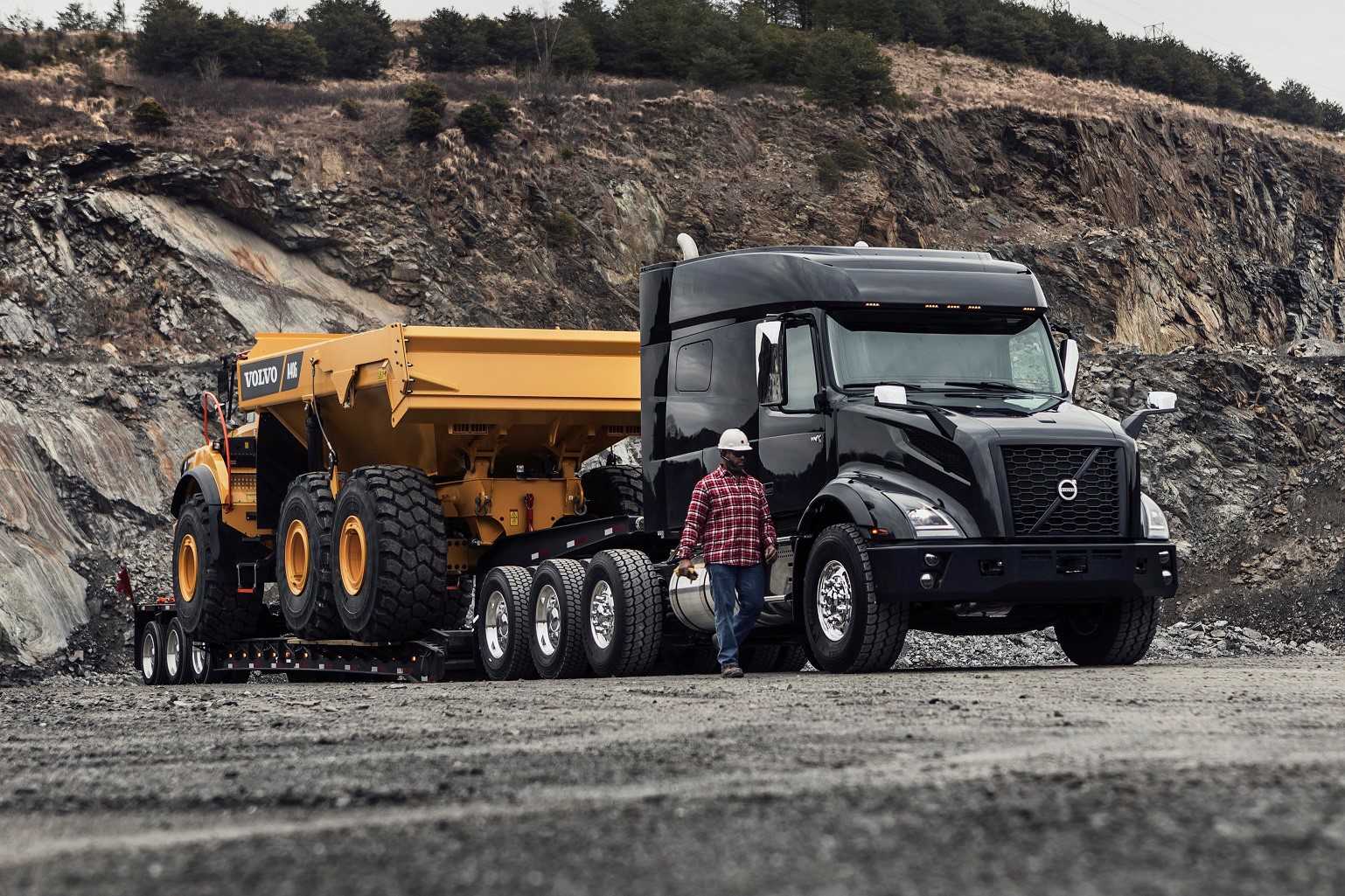Tasked with supporting everything from starting the engine to powering auxiliary devices, batteries are a critical and heavily stressed part of a truck.
With more demands being placed on the electrical system through added sensors, cameras and collision mitigation radar, more companies are seeing the advantage of absorbed glass mat (AGM) batteries and the overall trade-off with their price and longevity, said Jeff Barron, research lab manager for Interstate Batteries.
“AGM batteries are more efficient than your typical flooded battery,” Barron said. “They have a lower internal resistance and will charge faster.”
Vicki Hall, director of transportation technical solutions for EnerSys, said emissions systems and alternative fuels also have increased cranking power needs, while anti-idle legislation laws have increased charge acceptance requirements.
“Add on to that tighter restrictions on drive time and more electrical loads operating while the vehicle is off,” Hall said. “All of this means batteries have to perform better than ever through an increasing variety of conditions.”
Bryce Gregory, transportation systems product manager for EnerSys, said many battery types may handle some of these challenges well, but none can support all these demands as well as AGM Thin Plate Pure Lead (TPPL) batteries.
“They offer a true dual-purpose battery that has higher power for starting even at low states of charge, better cycling for long life and reliability, and better charge acceptance to handle the worst conditions,” Gregory said.
Conventional flooded lead acid batteries feature positive and negative lead alloy plates distributed among delicate separators immersed in an electrolyte solution of dilute sulfuric acid. An AGM battery contains a fiberglass separator between each pure lead plate to absorb the electrolyte, making the battery leakproof and eliminating the need for additional fluid.
“Pure lead batteries self-discharge at a much slower rate than batteries containing lead alloy, which means an AGM TPPL battery can have a shelf life of up to two years before it needs to be recharged when stored at room temperature,” Gregory said.
An AGM battery also is less prone to sulfation and, since the plates and separators are compressed, offers better shock and vibration resistance.
“The [AGM] batteries’ deep-cycle abilities also allow them to power accessories and systems when needed, such as winches, auxiliary lights, A/C compressors, navigation systems, as well as start/stop applications,” Hall said.
Switching from flooded batteries to AGM, Gregory and Hall agreed, should be fairly straightforward. Both said all batteries in any series or parallel configuration should be changed together, adding to take note of any differences in terminal types or configurations, which can impact battery cable connections.
“Be sure to purchase the same terminal type to facilitate an easy change,” Hall said.
“Charging settings are also different between flooded and AGM batteries,” Gregory added. “Additionally, make sure you have chargers that support AGM charging.”
Barron said that in cases where a change isn’t as straightforward, some original equipment vehicles require a change in the computer when going from one battery to the other due to computer-controlled alternators.
“By plugging into your OBD-II and changing the battery type to the correct one, you can alleviate any issues,” he said.
Modern truck demands giving rise to AGM batteries syndicated from http://www.constructionbuilding.net/
Modern truck demands giving rise to AGM batteries syndicated from http://www.constructionbuilding.net/

No comments:
Post a Comment